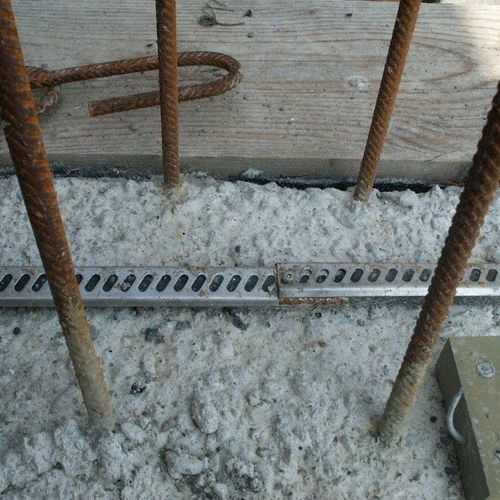The use of hydrophilic strips as a joint sealing system has been a long stay item for many as a standard joint sealing solution. It is often seen as a simple choice by the specifier and can be changed on site to suit construction sequence, should this change be required to accommodate revisions to the pour sequence. A prescribed set number of work stages are necessary for the joint to perform correctly.
This is often left to the contractor or specialist contractor to form. A joggle joint is commonly adopted to increase water path length, the recess is just as a container for the hydrophilic strip. The surface of the new joint needs to be prepared and laitance removed. The hydrophilic strip is placed into the recess and covered with a mesh strip. A retarded on the hydrophilic strip prevents the fresh concrete reacting with the product, however, excess water on the piece may activate the system and prevent it from being used.
This results in the hydrophilic section being replaced. On completion of the joint, the hydrophilic will remain dormant until running water under hydrostatic pressure reacts with the sealing system. The reaction takes place, and the hydrophilic will swell to seal the joint. Some seepage may occur along the joint until the product has expanded to seal the joint. If the water pressure drops the reverse action happens and the hydrophilic contracts. This cyclic reaction occurs over the life of the building. In some basement specifications, this level of ingress is acceptable.
Contact us for further information.

